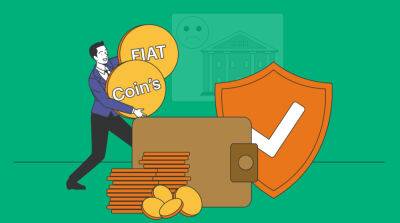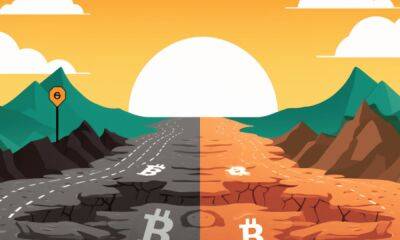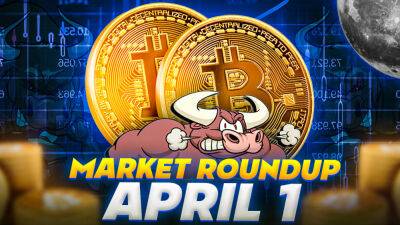From PayPal to Web3: Digital identity could play key role in unlocking mainstream adoption
The advent of the consumer internet in the 1990s brought unprecedented opportunities, democratizing access to information and communication, and revolutionizing digital commerce.
Email revolutionized communication by facilitating instant messaging across borders. This soon led to numerous attempts at introducing digital money systems, but none were as successful as PayPal.
Source: Unsplash
Founded in 1998, PayPal made it easy for people to send and receive payments securely, regardless of their location or currency. PayPal stood out when it first launched because of two key features: security and simplicity. This solved the problem of online card fraud and made it easy for users to purchase products without sharing their card details with merchants.
Today, information and money are transferred seamlessly via numerous online services. The protocols that power these services may have been developed in the 1990s, but it took several years before they were intuitive enough to be used by the masses.
In the past, sending an email or shopping online required users to navigate through a fair amount of complexity. For example, downloading email clients and configuring them to work with their ISPs was a task that users often had to undertake. Similarly, online shopping was seen as a risky endeavor in its infancy due to the limited adoption of HTTPs, the web traffic encryption protocol created by Netscape in 1994.
Users who were not safeguarded by this protocol faced the danger of fraud, as their card details were transmitted without encryption, thus rendering them vulnerable to digital fraudsters and perpetrators.
The financial payments industry finds itself, yet again, at a momentous turning point, bearing remarkable parallels to the
Read more on cointelegraph.com



















